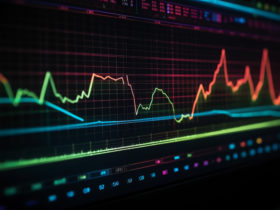The improved demand and supply-side issues helped the prices of non-ferrous metals to remain high during 2021 and it is expected to continue in CY2022, according to rating agency ICRA.
This is despite a downside risk with respect to prices, including the threat from rapidly rising spread of the Omicron variant across the world. However, low inventories and steady demand may insulate against any sharp price corrections.
Meanwhile, supply of copper is expected to improve with increased availability of concentrates, on the back of commissioning of several new mine projects in 2022.
The aluminium market, however, will remain under pressure due to less production in China and no significant capacity additions in the near term, in the rest of the world.
The zinc market is also expected to remain in deficit due to production cuts announced by a few European smelters a couple of months back, owing to rising cost of energy.
Domestic Market
The demand for base metals or non-ferrous metals in the domestic market has seen a strong growth of about 20-25% in the first six months of FY2022, owing to a low base of the previous fiscal and higher consumption from end-user industries.
Jayanta Roy, Senior Vice-President and Group Head, Corporate Sector Ratings, ICRA said, “We expect the demand of base metals to register a healthy growth of 6-7% in FY2022 and FY2023. In addition, favourable metal prices and consolidated operating margins are estimated to remain strong at about 29% in FY2022 compared to 24% in FY2021 and are likely to hover at about 25% in FY2023, despite an expected moderation in prices.”
Lower Debt
ICRA said that the total debt of its sample set in the domestic non-ferrous metals is expected to decrease to about Rs 580 billion in FY2022 from about Rs. 650 billion in FY2021. This is estimated to decline further in FY2023.
By the end of September 2021, the total debt has already reduced to about Rs 615 billion. The industry is well-positioned to deleverage the balance sheets, helped by higher metal price, before the next commodity downcycle starts.
Roy said, “The favourable price-cost regime would continue to result in a steady improvement in the credit risk profile of the domestic non-ferrous industry in FY2022.”
He added that, in FY2023, despite a moderation in metal prices, the credit metrics would continue to remain healthy at an absolute level. He expects total Debt/OPBDITA to be 1.4 times and an interest cover of 7.5 times compared to a total Debt/ OPBDITA of 1.2 times and an interest cover of 9.0 times in FY2022.





